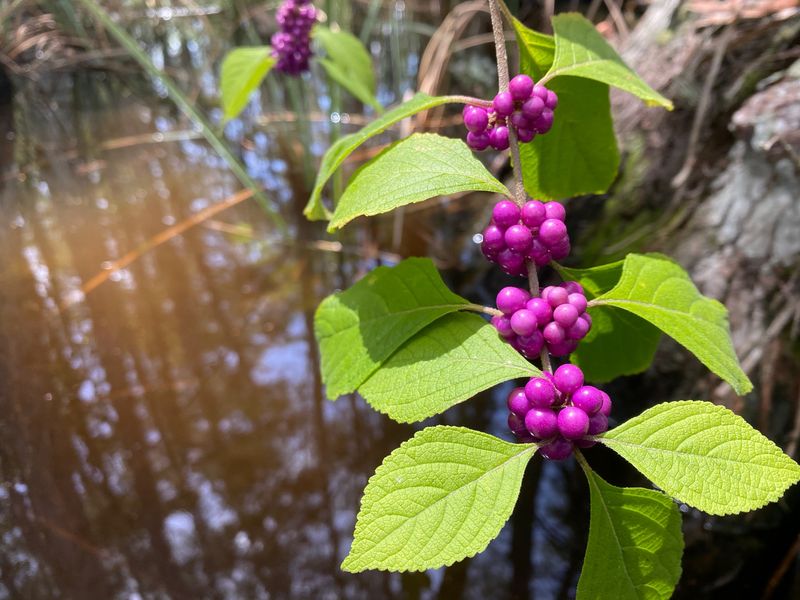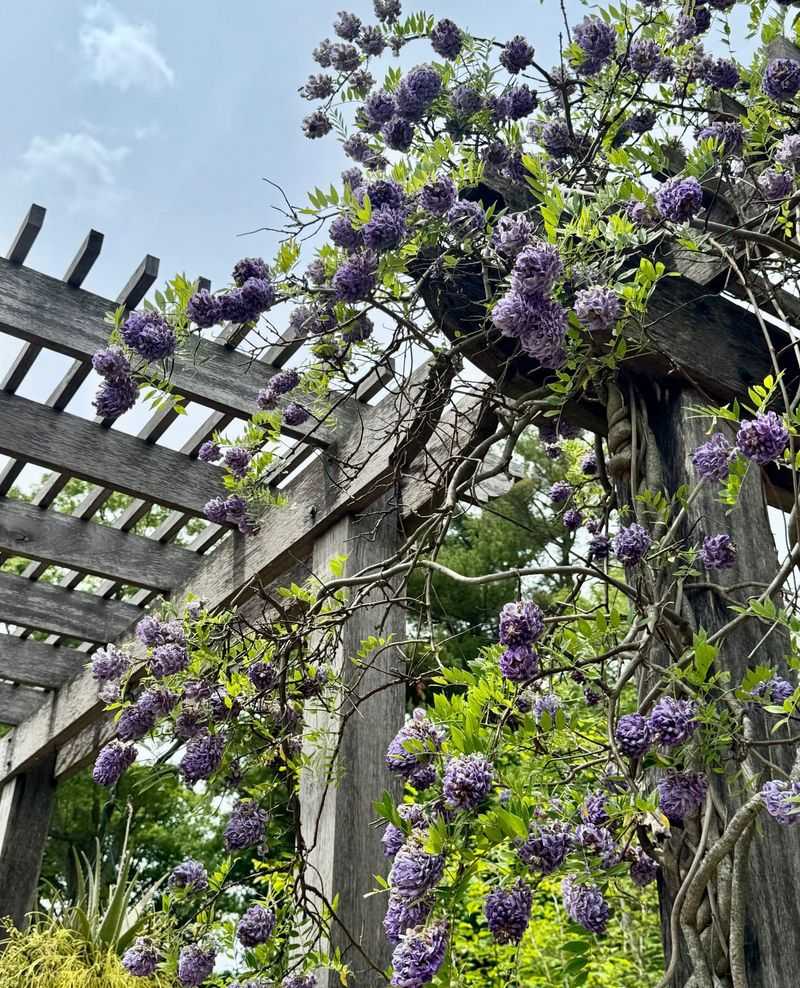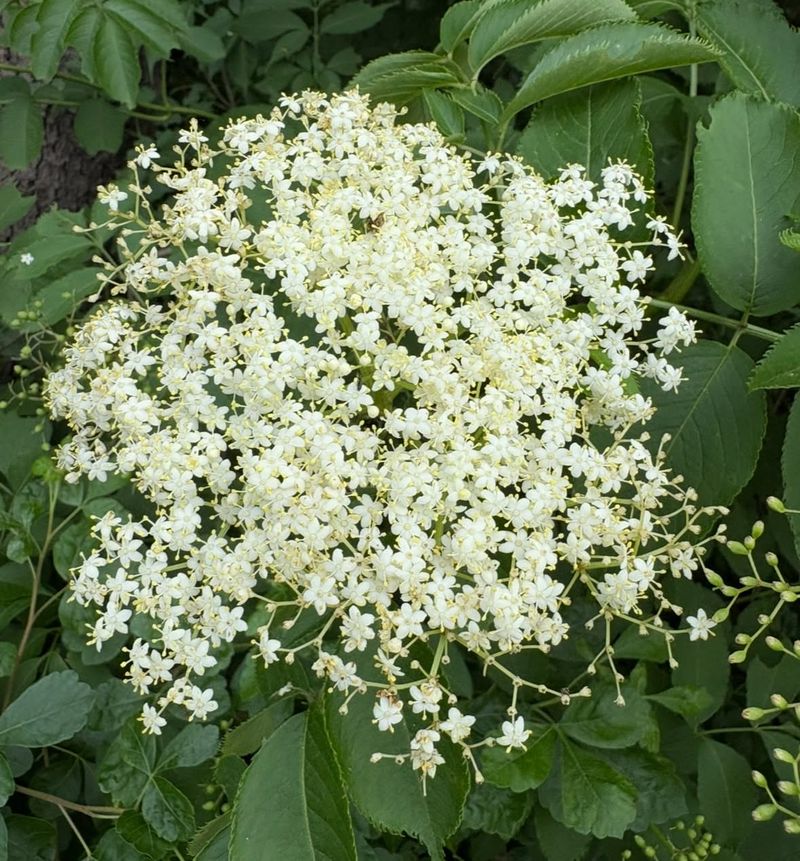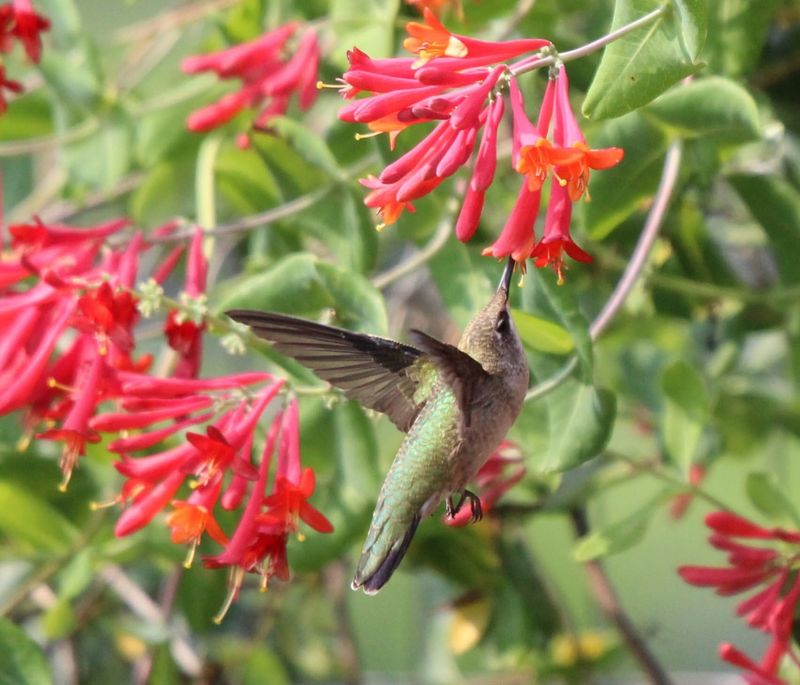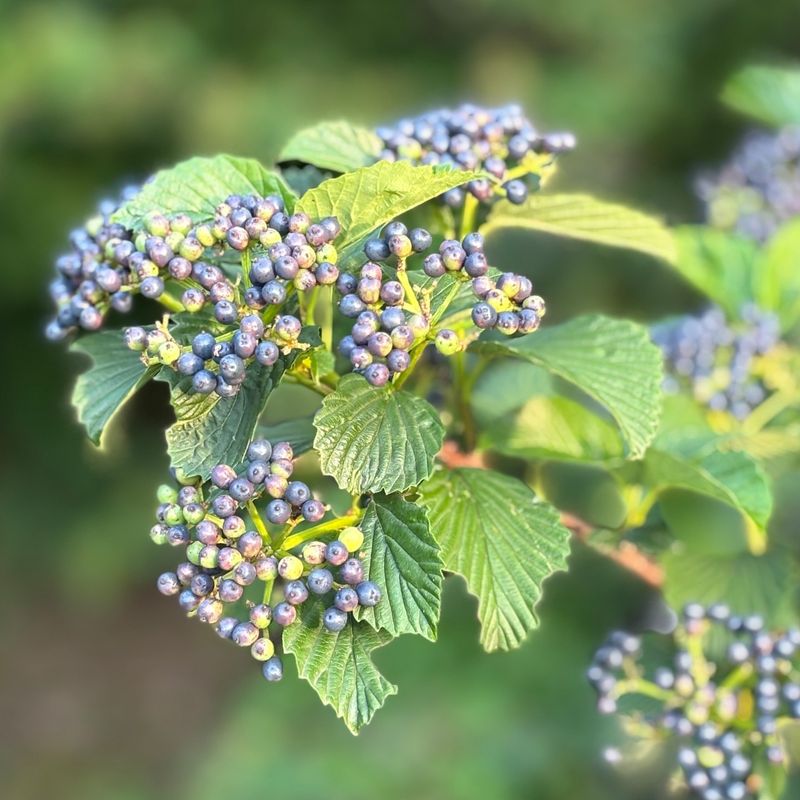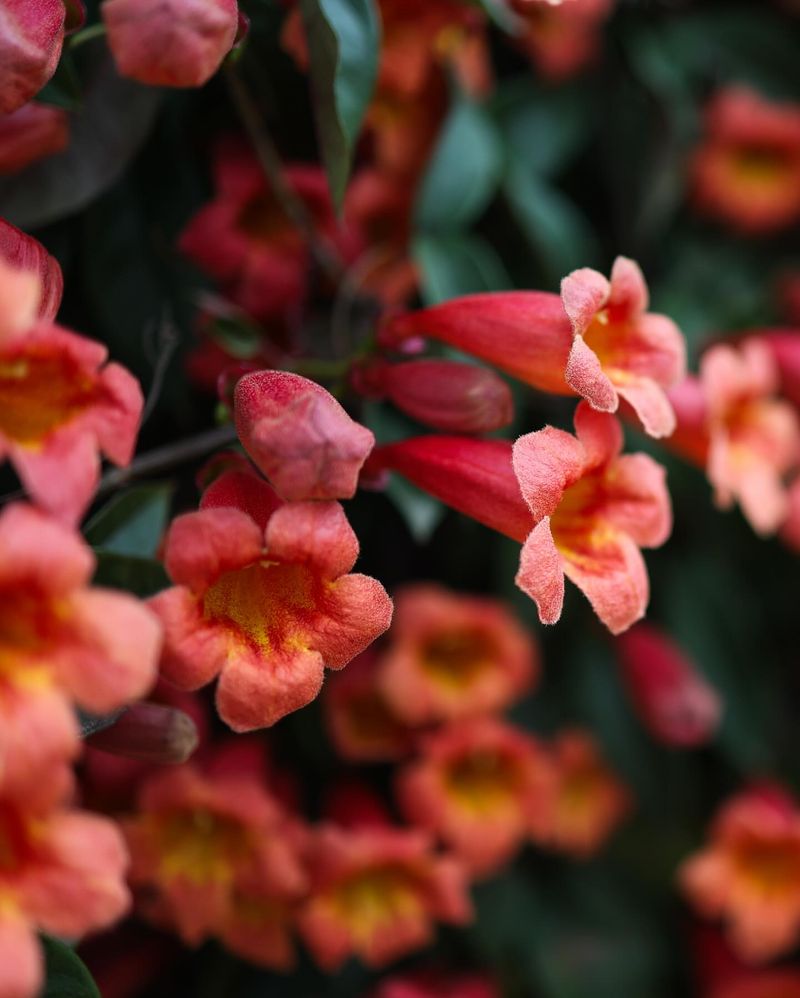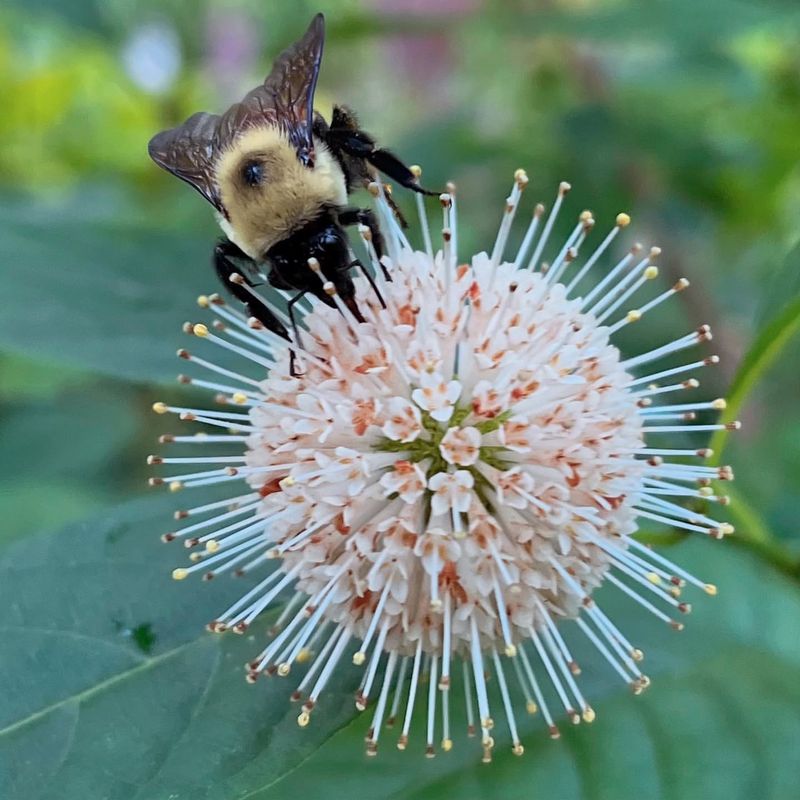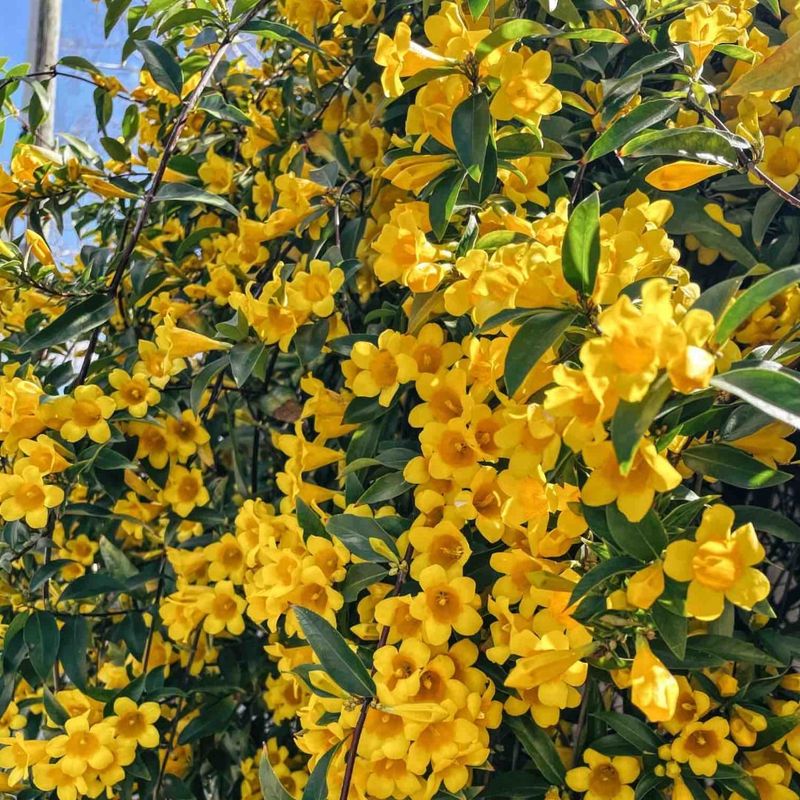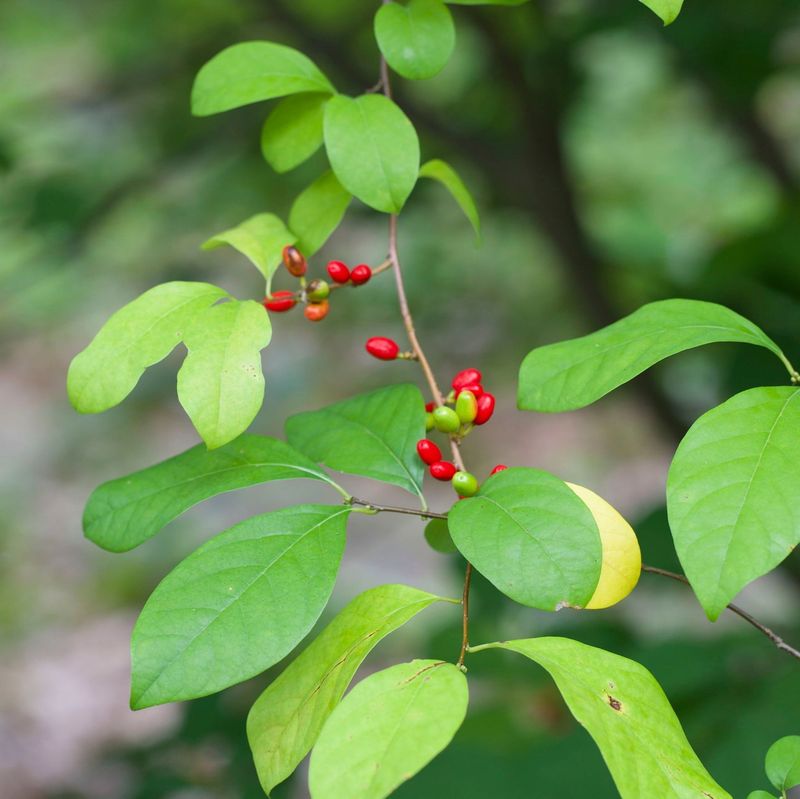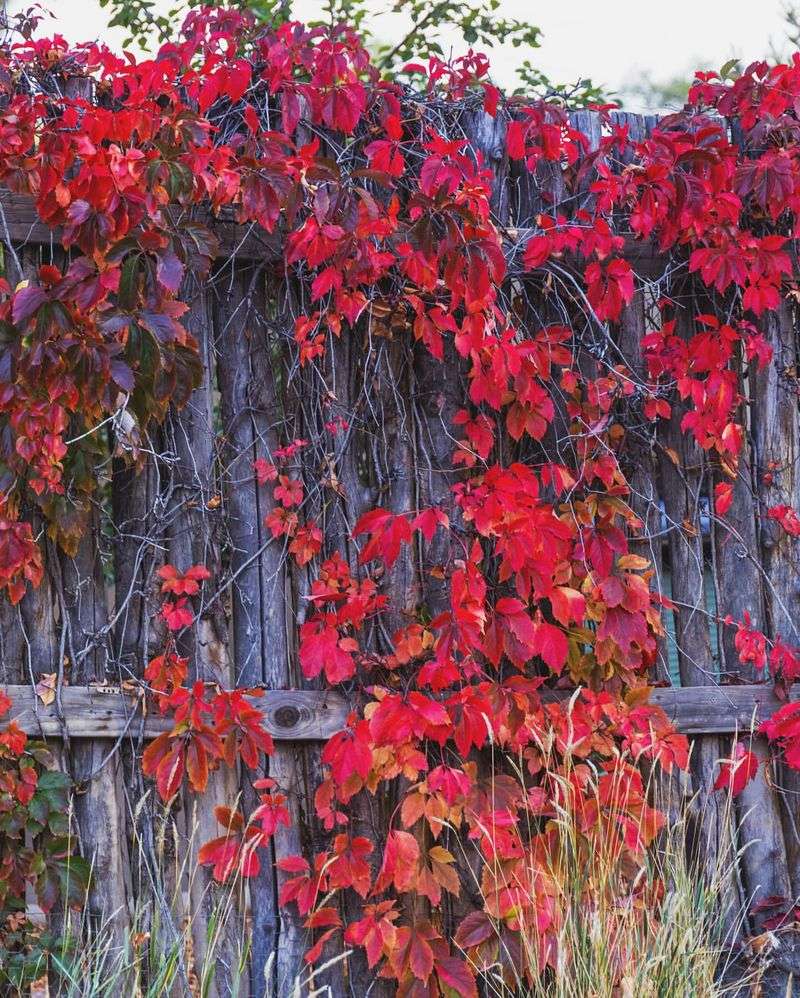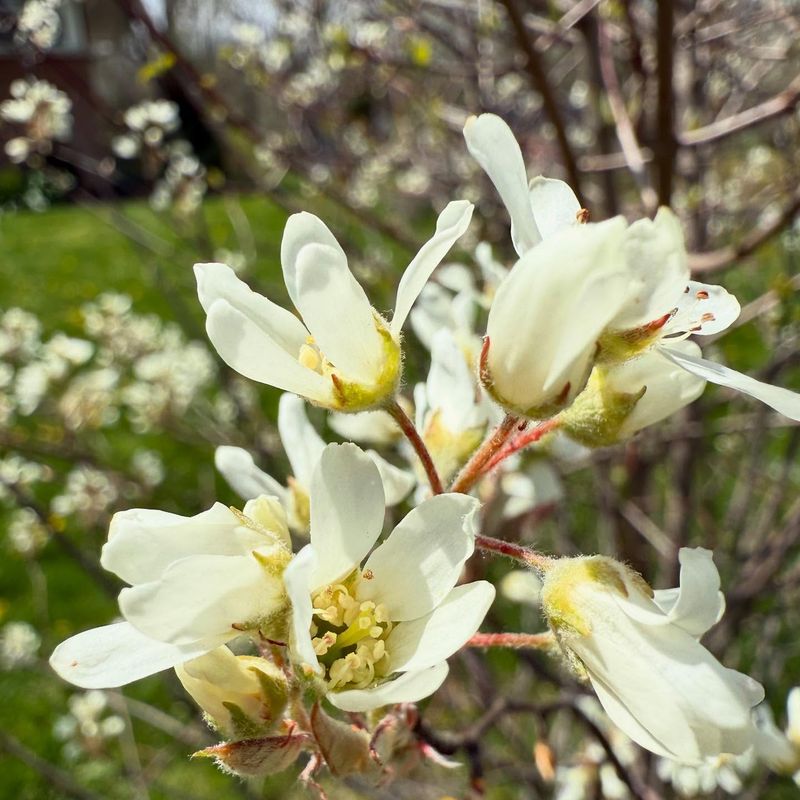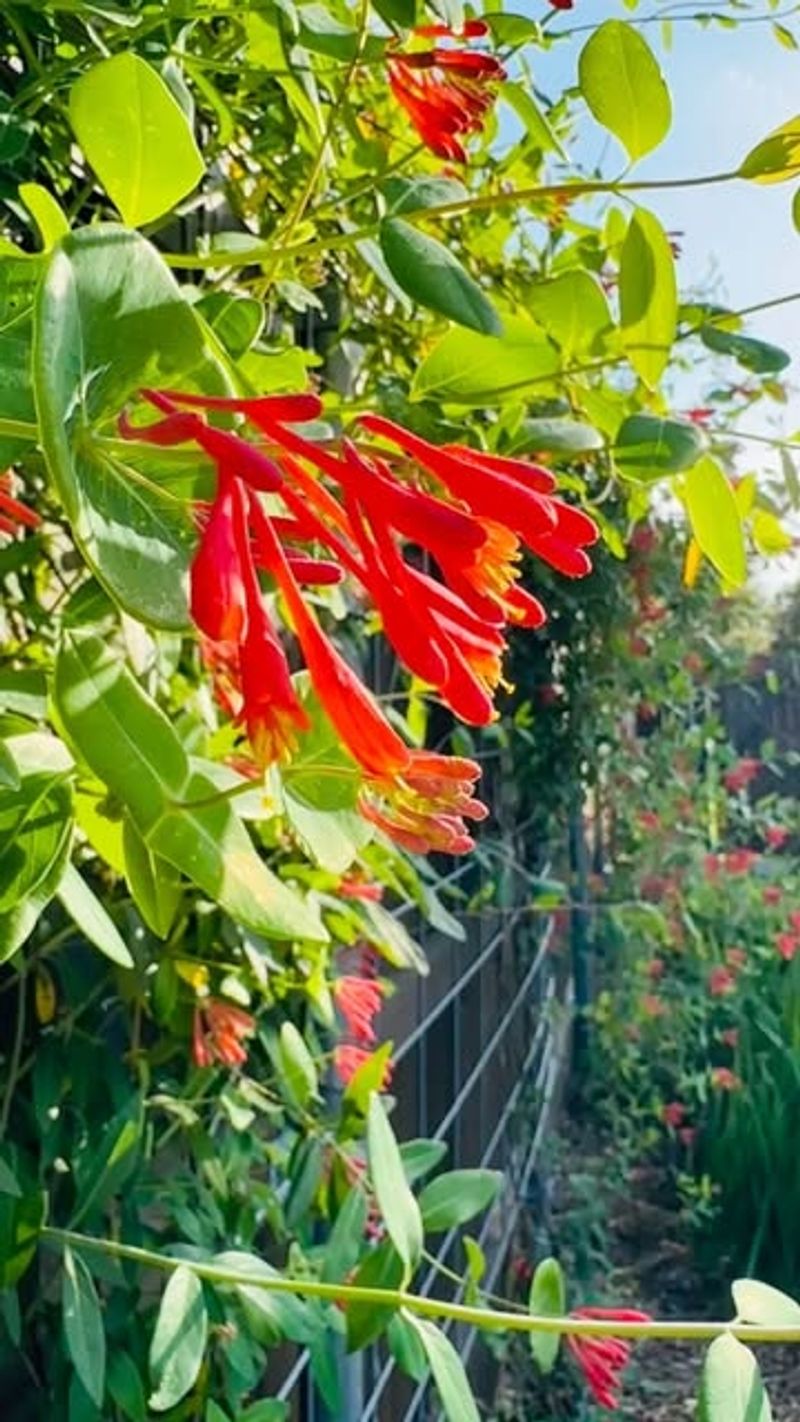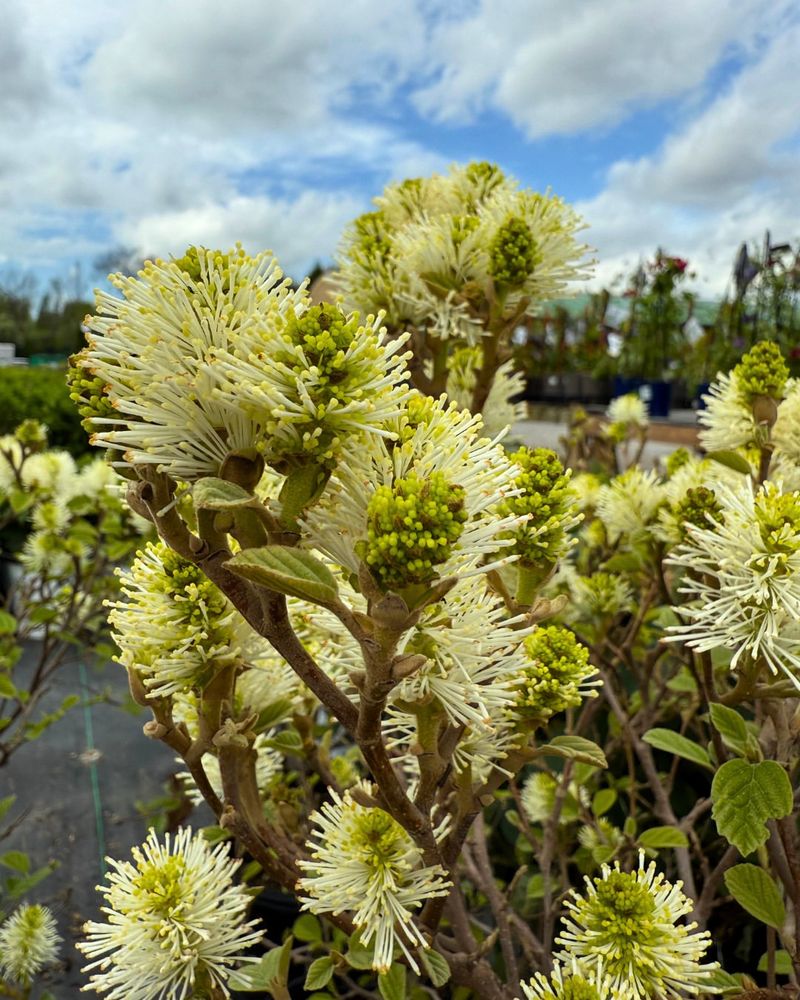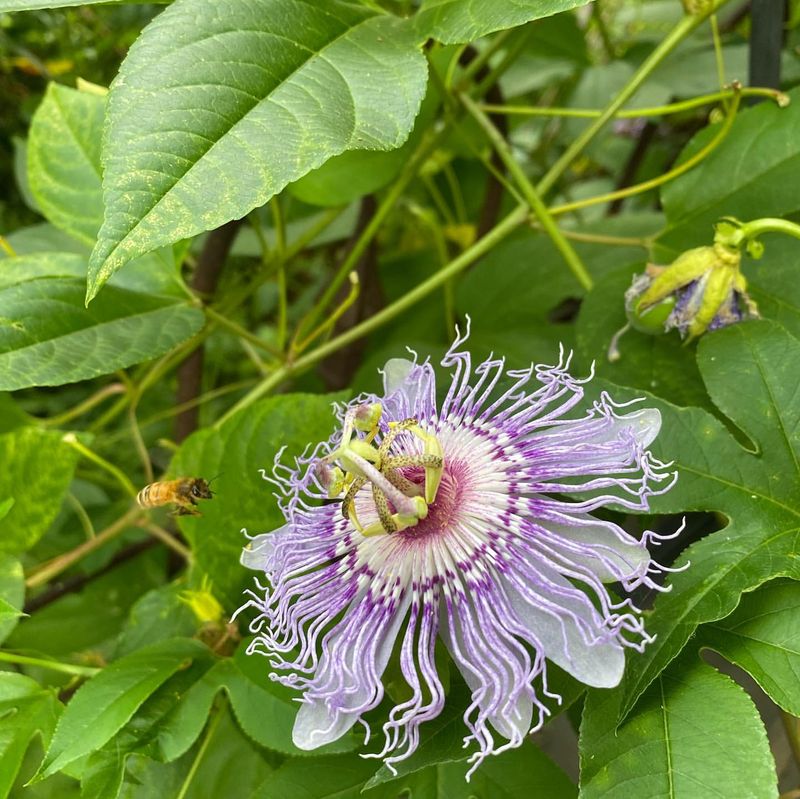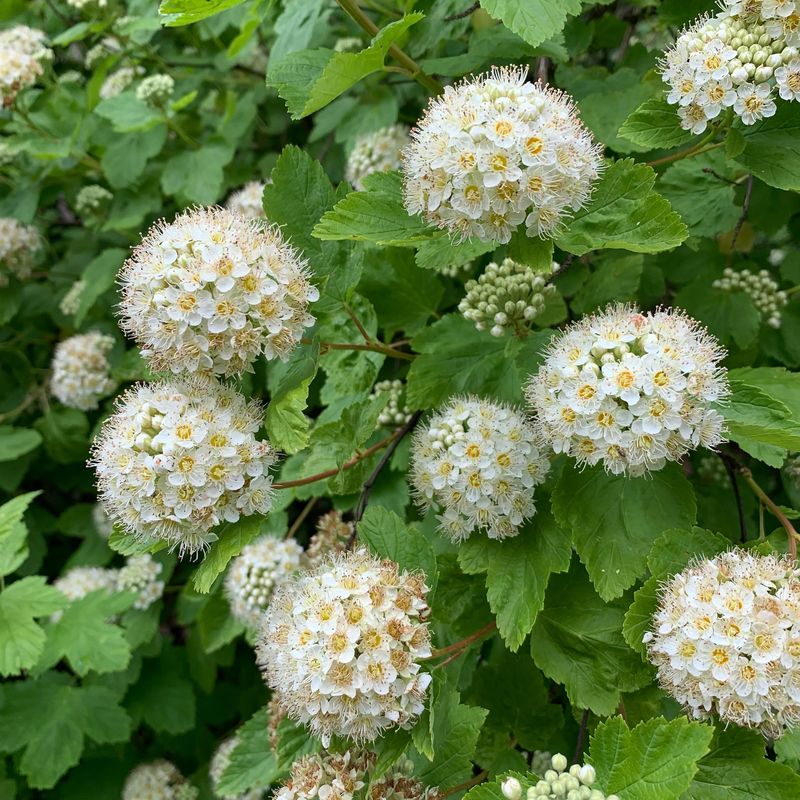If your yard could talk, it would thank you for planting something alive and buzzing with life. In Nashville, gardeners are turning simple fences into lively, green walls full of shrubs and twisting vines.
These living fences aren’t just beautiful—they create little havens for birds, bees, and butterflies. I love seeing how a once plain boundary can bloom into a vibrant, playful space that changes with the seasons.
Adding a touch of green like this makes your garden feel more connected, alive, and full of personality.
1. American Beautyberry
Nashville’s purple jewel thrives along fence lines with its spectacular berry clusters that birds absolutely adore. Tennessee gardeners plant them 3-4 feet apart for a stunning natural border.
The vibrant purple berries appear in late summer, creating a spectacular display that lasts through fall. Native to the southeastern United States, this hardy shrub requires minimal maintenance while providing maximum wildlife benefits.
2. Native Wisteria
Unlike its aggressive Asian cousin, American wisteria creates a manageable, flowering screen perfect for Nashville’s climate. The lavender cascades appear in late spring, attracting numerous pollinators to Tennessee gardens.
Gardeners train it along fence posts or arbors for vertical interest. This native vine offers the same beautiful draping flowers but won’t take over your yard like Chinese wisteria varieties.
3. Elderberry
Fast-growing and wildlife-friendly, elderberry shrubs create dense living screens within just two seasons. The fragrant spring flowers transform into dark berries that feed over 40 bird species in Tennessee landscapes.
Many Nashville gardeners harvest the berries for homemade syrups and jams. The umbrella-shaped flower clusters add visual interest before the purple-black berries arrive, making this a multi-season standout for natural boundaries.
4. Trumpet Honeysuckle
Hummingbirds flock to these tubular red blooms that cover fences from spring through fall. Unlike the invasive Japanese honeysuckle plaguing Tennessee, this native climber behaves itself while providing nectar for wildlife.
The vine’s coral-red flowers stand out beautifully against green foliage. Nashville gardeners appreciate how it quickly covers chain-link fences, transforming utilitarian boundaries into living wildlife corridors without becoming aggressive.
5. Arrowwood Viburnum
With its strong vertical growth and dense branching, this native creates privacy screens that birds love to nest in. The white spring flowers give way to blue-black berries that feed wildlife throughout Tennessee’s fall season.
The shrub’s attractive foliage turns burgundy in autumn, adding seasonal color to Nashville garden boundaries. Planted 4-5 feet apart, these viburnums quickly form a solid living wall that serves both aesthetic and ecological purposes.
6. Crossvine
Semi-evergreen and vigorous, crossvine blankets Nashville fences with trumpet-shaped orange-red flowers that hummingbirds can’t resist. The glossy foliage provides year-round screening even in Tennessee’s mild winters.
Unlike many vines, it attaches directly to surfaces with small adhesive discs. Nashville gardeners value how quickly it transforms plain fences into flowering wildlife habitats without requiring additional support structures.
7. Buttonbush
Perfect for wetter areas of Nashville properties, buttonbush produces fascinating spherical flowers that pollinators swarm to. The distinctive round blooms resemble white pincushions, creating conversation pieces along Tennessee garden boundaries.
This native shrub thrives in areas that occasionally flood, making it ideal for low spots. Nashville gardeners plant them 3-4 feet apart to create wildlife-friendly screens that can handle seasonal moisture fluctuations better than most fence plants.
8. Carolina Jessamine
Early spring brings a flood of fragrant yellow flowers on this evergreen vine, waking up Nashville gardens before most plants show life. The twining stems quickly cover fences while providing winter greenery throughout Tennessee’s cooler months.
Gardeners appreciate its non-aggressive nature compared to other vines. Nashville homeowners often plant it alongside summer-flowering species to ensure their living fences provide continuous bloom and wildlife support throughout the growing season.
9. Spicebush
Early yellow blooms and aromatic foliage make spicebush a sensory delight along Nashville property lines. The small berries turn bright red in fall, attracting birds while adding visual pop to Tennessee garden boundaries.
As host plant for the stunning spicebush swallowtail butterfly, it brings fluttering visitors all summer. Nashville gardeners plant these natives 4 feet apart to create wildlife-supporting screens that engage multiple senses with their citrusy scent when leaves are crushed.
10. Virginia Creeper
Spectacular fall color transforms Nashville fences when this native vine turns fiery red each autumn. Birds feast on the blue-black berries while Tennessee gardeners enjoy the dramatic seasonal display without maintenance headaches.
The five-leaflet pattern creates a lush green backdrop in summer months. Nashville landscape designers often recommend this adaptable vine for quickly covering unsightly fences with wildlife-supporting foliage that requires minimal care once established.
11. Serviceberry
Nashville gardeners create edible fence lines with these multi-season performers that offer spring flowers, summer berries, and autumn color. The delicious blueberry-like fruits are shared between Tennessee families and native birds.
Early white blooms appear before most trees leaf out, announcing spring’s arrival. Planted 6-8 feet apart, serviceberries quickly develop into small trees that create a living fence with enough height for substantial privacy while supporting diverse wildlife.
12. Coral Honeysuckle
Hummingbirds battle for territory around these native vines that cover Nashville fences with tubular red blooms. Unlike its invasive Japanese cousin that plagues Tennessee, this well-behaved climber stays manageable while feeding wildlife.
The coral-red flowers appear from spring through fall, providing reliable nectar sources. Nashville gardeners train it along fence tops and posts to create living wildlife corridors that transform ordinary boundaries into biodiversity hotspots.
13. Fothergilla
Bottlebrush-like white flowers cover these native shrubs in spring, creating a fragrant boundary that pollinators buzz around. The blue-green summer foliage transforms into a Tennessee autumn rainbow of orange, yellow, and red.
Nashville gardeners appreciate its compact growth habit for smaller spaces. Planted 3 feet apart, these slow-growing natives create long-lasting living fences that require minimal pruning while providing multi-season interest and wildlife support.
14. Passionflower
Nashville’s wildest-looking native vine produces otherworldly purple flowers that stop visitors in their tracks. These elaborate blooms support specialist butterflies while creating conversation pieces along Tennessee garden boundaries.
The unusual flowers give way to edible yellow fruits later in the season. Nashville gardeners treasure this vine for covering fences with both visual drama and ecological function, as it serves as the crucial host plant for gulf fritillary butterflies.
15. Ninebark
Peeling bark creates winter interest along Nashville fence lines when these native shrubs lose their leaves. The exfoliating layers reveal multiple colors beneath, giving Tennessee gardens texture even in dormant months.
White spring flower clusters attract numerous pollinators before summer arrives. Nashville gardeners plant these tough natives 4 feet apart to create drought-resistant living screens that provide multi-season visual interest while supporting local ecosystem health.


